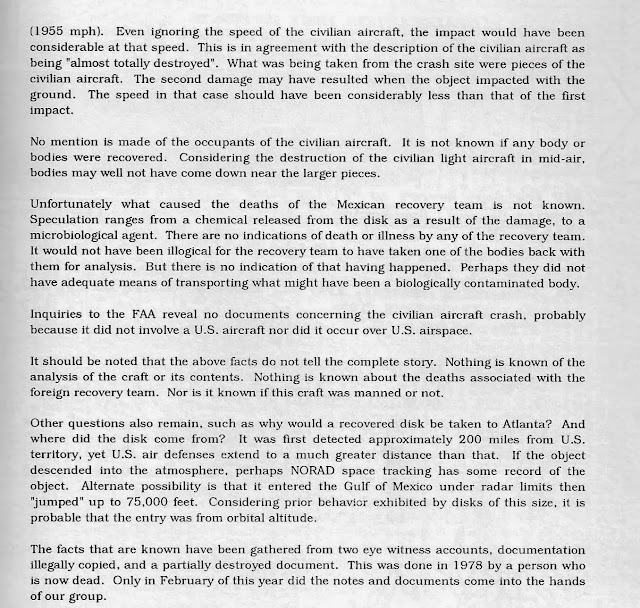Back
on July 30, I posted a column dealing with an alleged radar sighting aboard the
USS New York. The claim was that the
ship had fired on a UFO. The story appeared in a magazine back in 1945, and it
was suggested that the solution was Venus. Someone had seen Venus in the
daytime, thought it was some sort of a Japanese attack and they opened fire.
The ship’s navigator rushed up on deck and made the identification. To me, that
ended the story. At best it was an IFO.
But
as happens in the world of the UFO someone just didn’t like that solution and
without much in the way of information started an argument. I said at the time
I would look into it and have attempted to find out more. The National Archives
responded with a request for money and suggested it would take three months to
get what I needed. I hadn’t counted on the government shut down (what a
boondoggle that was, but I digress), but I now have the information based on
the deck logs of the ship.
These
logs were reviewed from January 1, 1945 through April 30, 1945 and there was
nothing to suggest any sort of UFO related event in that time frame. (And so
that I don’t have to explain this further, I used the generic UFO as opposed to
the more specific Foo Fighter which would be period appropriate.)
Here’s
what I know. The USS New York was in
dry dock from March 1 to March 19 and left Seeadler Harbor, Manus Island and
arrived at Ulithi Harbor on March 22. During the remainder of the month, the
ship was moved to Okinawa. The only entries that relate to firing the guns was
target practice which happened sometime each month, meaning there was no
regular schedule for it. There were notations for warfare engagements at
Okinawa in March.
There
were no entries referencing any unknown objects or Venus or anything that could
have been taken as such. In other words, there is no corroboration for this
tale from the official documentation available and even a loose interpretation
of what has been written does not allow for this.
This,
I believe, should resolve this. We have tales told by sailors which were
reported in magazines, but there is nothing from the ship to support this. I
suppose someone will say that the captain, embarrassed by his attack on Venus,
left it out of the deck logs. But we were searching for anything that would
match the facts and could find nothing. The logs should have provided a hint,
had there been one. There was nothing.
The
ball now resides with those who believe this to be a Foo Fighter or some sort
of anomaly. They need to provide some new and better documentation. Unless that
happens, I believe the case to be resolved.


























